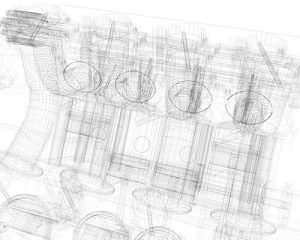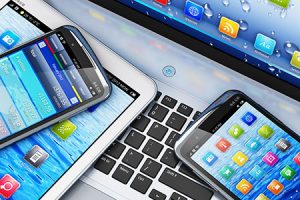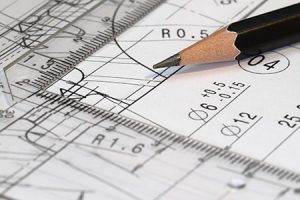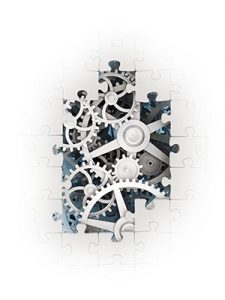The 7 Steps of Product Design
Any serious business knows the importance of introducing new products to the market. In this world of business there is a lot of competition which means that in order to succeed in any business you really have to impress your potential customers. A product design is a major part of product branding which usually determines the superiority of your product in the market. You can never go wrong in investing a in a good product design as it is what’s sets your product a part from others in a competitive market.
One of the biggest challenges in launching a new product both in new as well as in already established businesses is the cost of marketing. A successful design will reduce this cost as it makes your product appealing and in the long run creating customer loyalty.
The process is usually broken down into seven main steps namely: problem assessment, research, idea analysis, prototyping, final design, testing and manufacturing.

Problem assessment
Many businesses thrive in commercialising solutions to problems in a certain community. Solutions may take the form of either improvement to physical products or services or inventing new products or services. Design process starts when an idea is generated in the mind. At this point it is advisable to write the idea on paper and what problem the idea seeks to solve.
Research
This step involves conducting research to find out if there are other similar ideas or products elsewhere. The focus here is to refine the idea and identify the target market. A good product design focuses on customer satisfaction and involves determining the price that the target customer will be willing to pay for the product, usability, safety as well as disposal. It is hence very important to know the specific customer needs and preferences. Some of the important information that this step seeks to find is; size of product, materials needed in the design and the products needs and requirements-whether there are other products that will be needed to use this particular product such as batteries.
Idea analysis
Based on the findings on the previous stage-research, product sketches are produced through brain storming and other forms of discussions. This stage seeks to come up with as many designs sketches as possible and at the end of this step one or two sketches are selected and moved to the next stage-prototyping.
Prototyping
A design of the chosen sketches or sketches on the previous stage is created in 3D using the material and color that is expected to be used in the final product. The focus here is not the product functionality but the appearance and usability though basic functionality of product is implemented.
Final design
A final design is produces based on the features of the prototype and all the changes that may have been suggested are made. Complete functionality of the product is implemented at this stage. A few samples are produced a waiting testing.
Testing
This stage is very import in the design process and should never be overlooked. It is at this stage where the product is taken to a lab for testing by professionals. This will enable it to be certified by the governing body such as the bureau of standards. Testing also involves distributing samples for use by potential customers and getting their feedback.
Manufacturing
If the results of the testing stage are satisfactory the product is ready for mass production else part or the whole process of product design is repeated.
It is very important to remember that every stage of the design process should be documented and all the documents complied and kept as the information can be used in future either for other new product designs or for product improvement.


